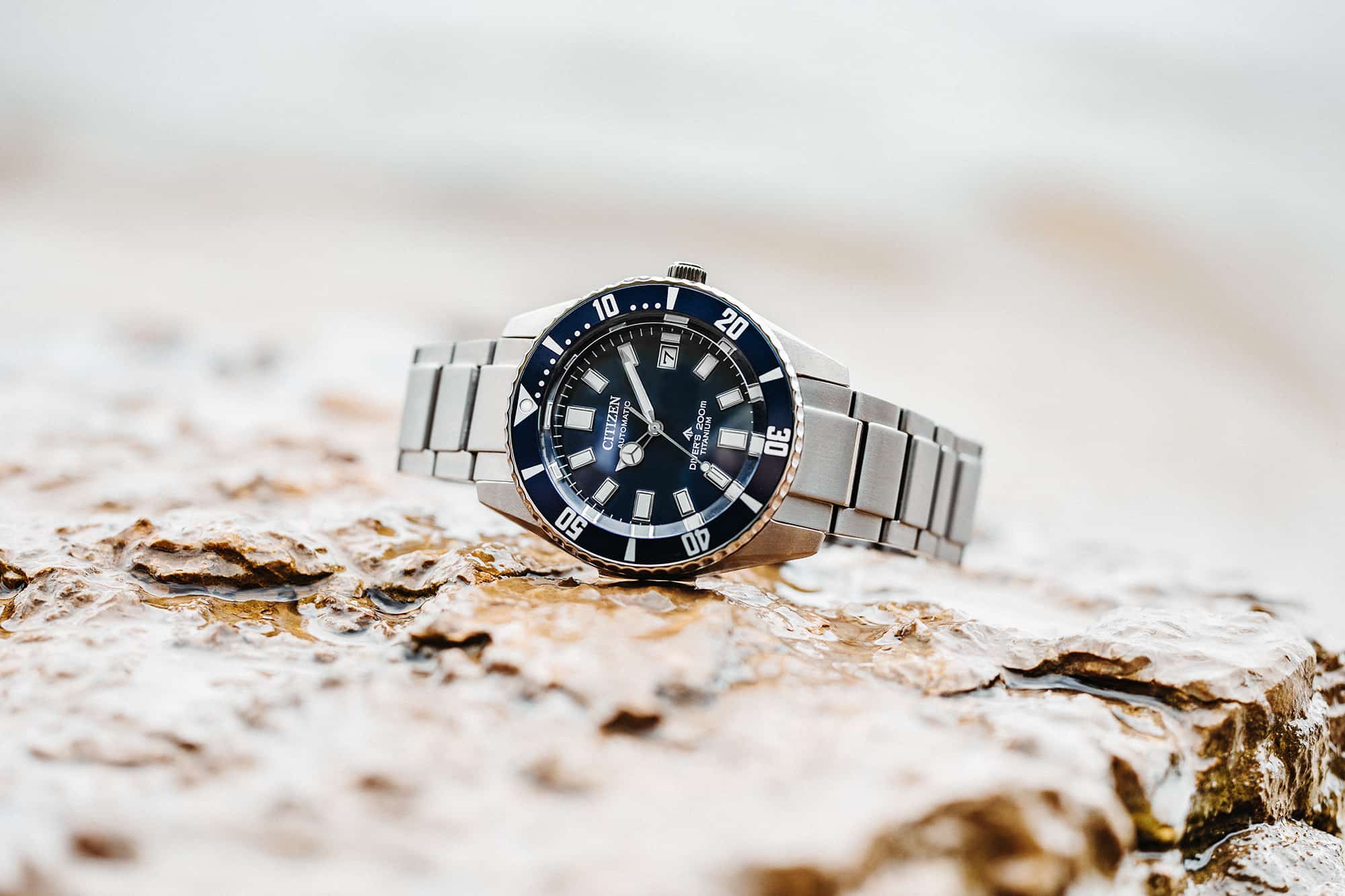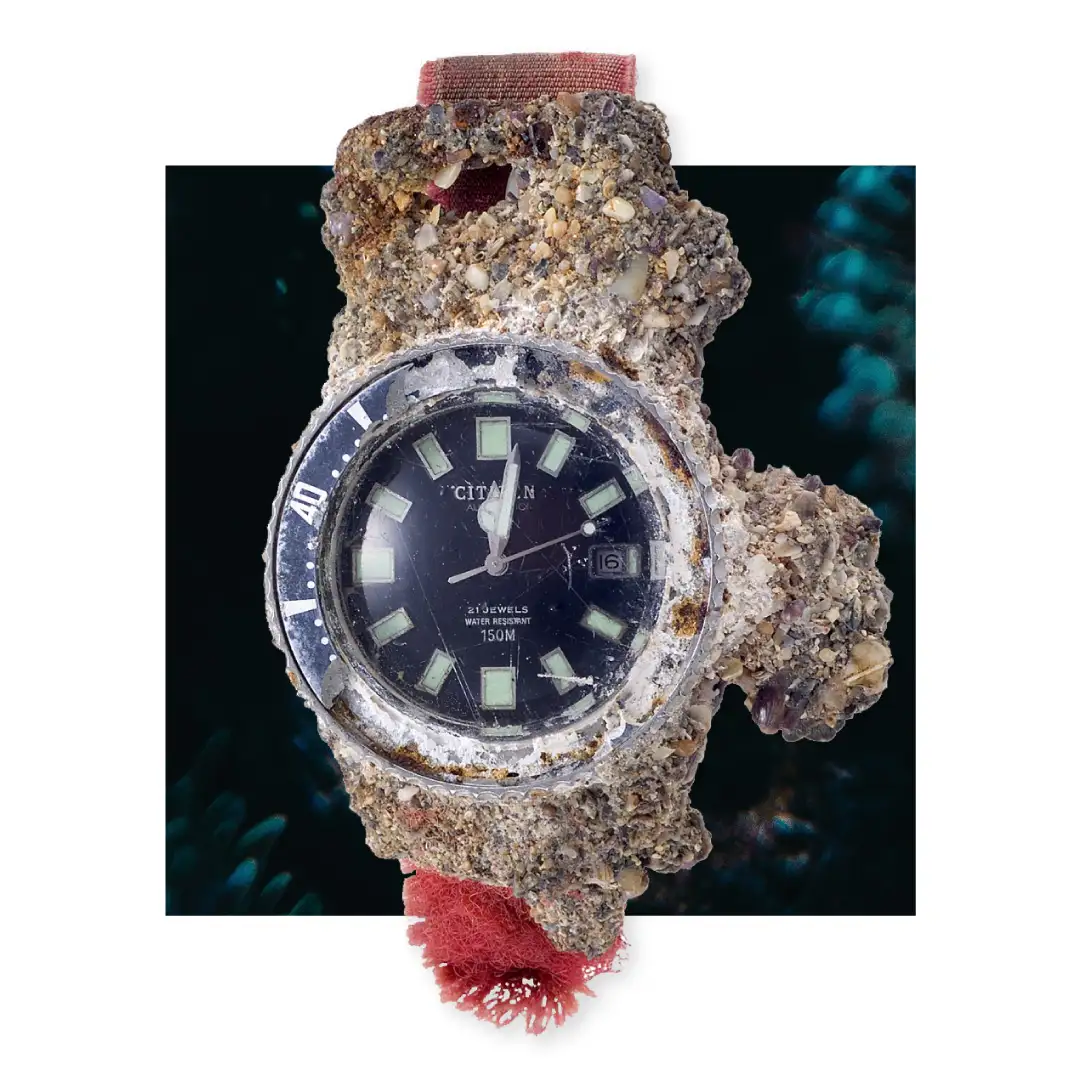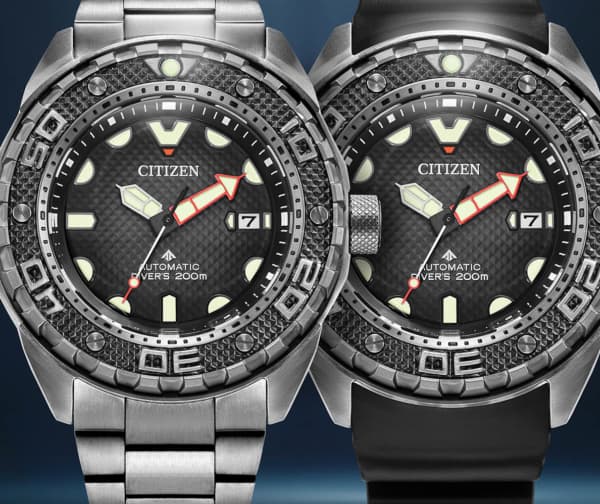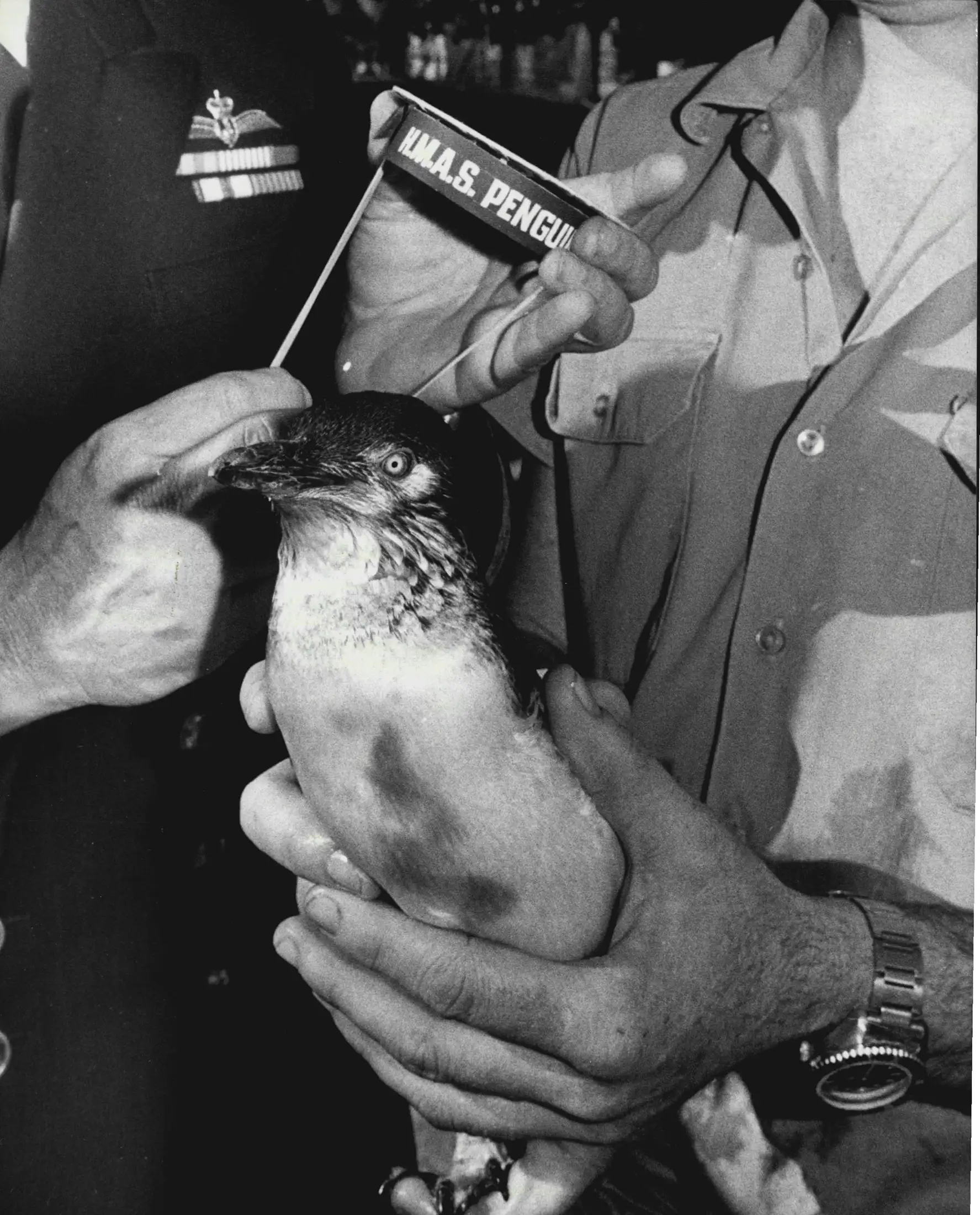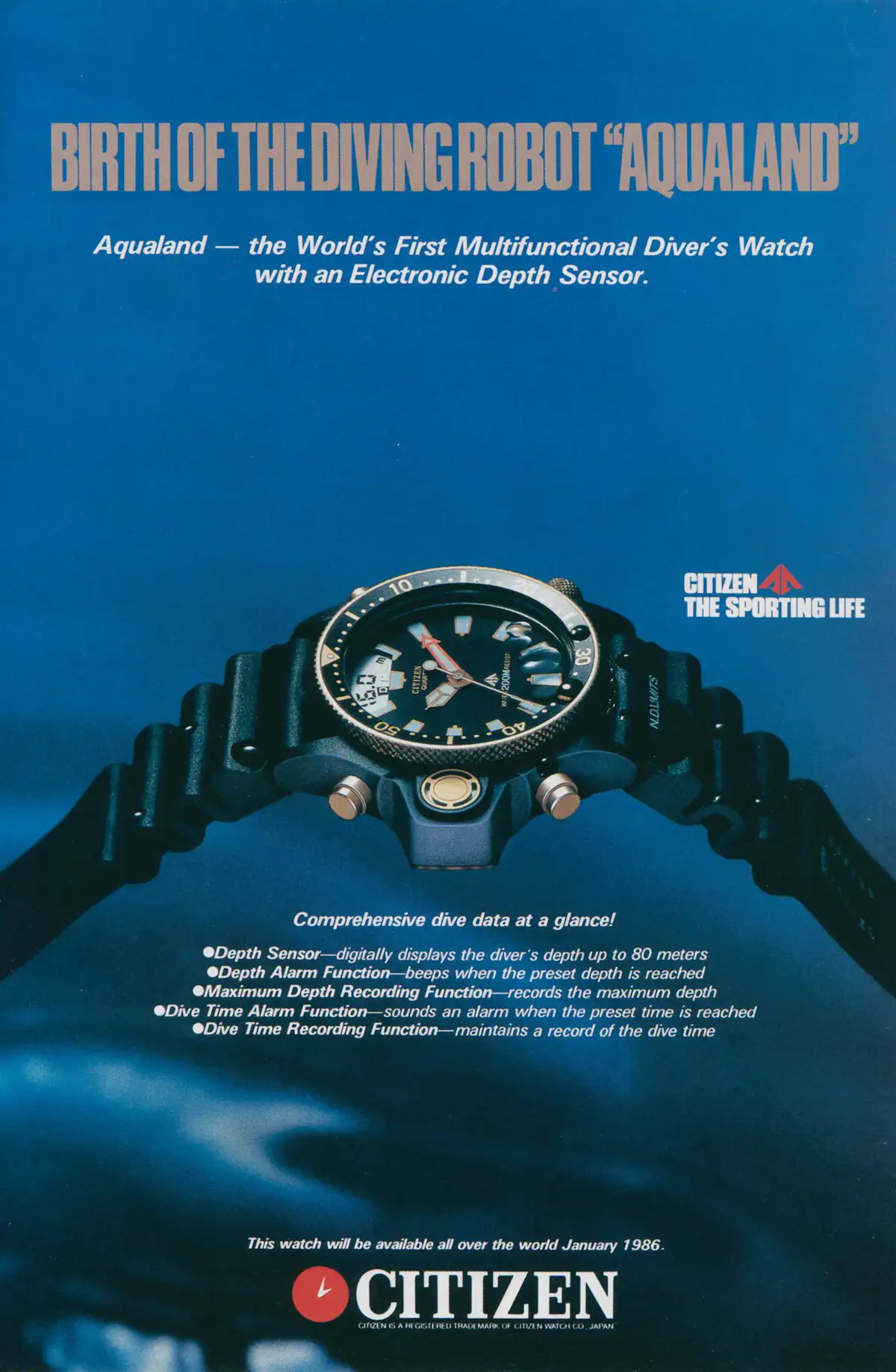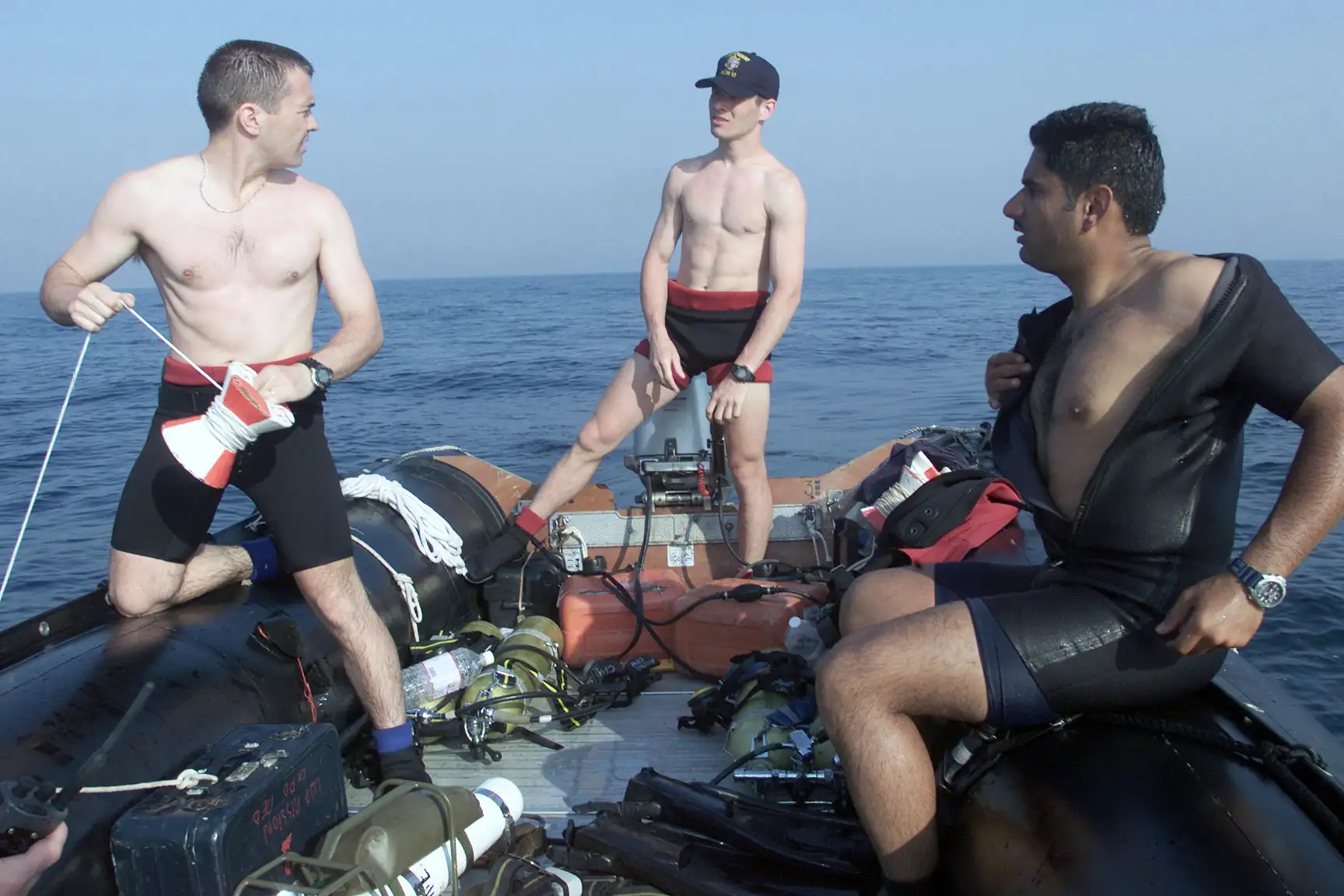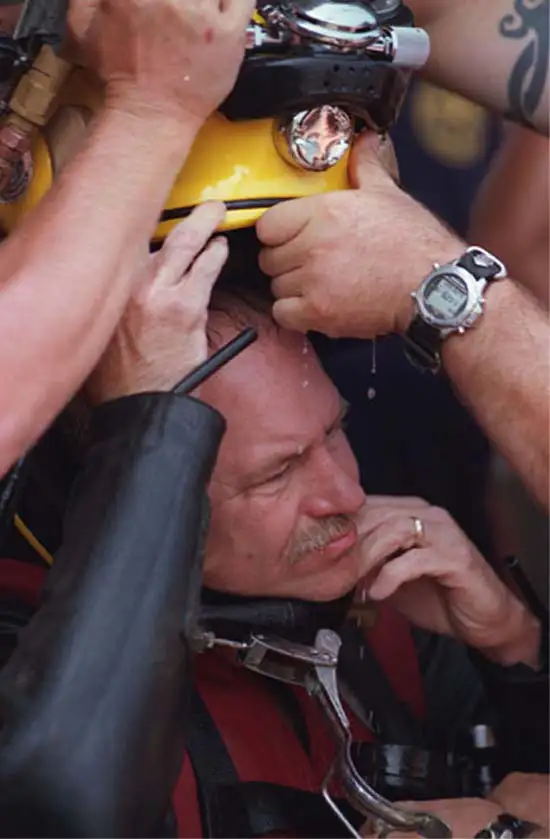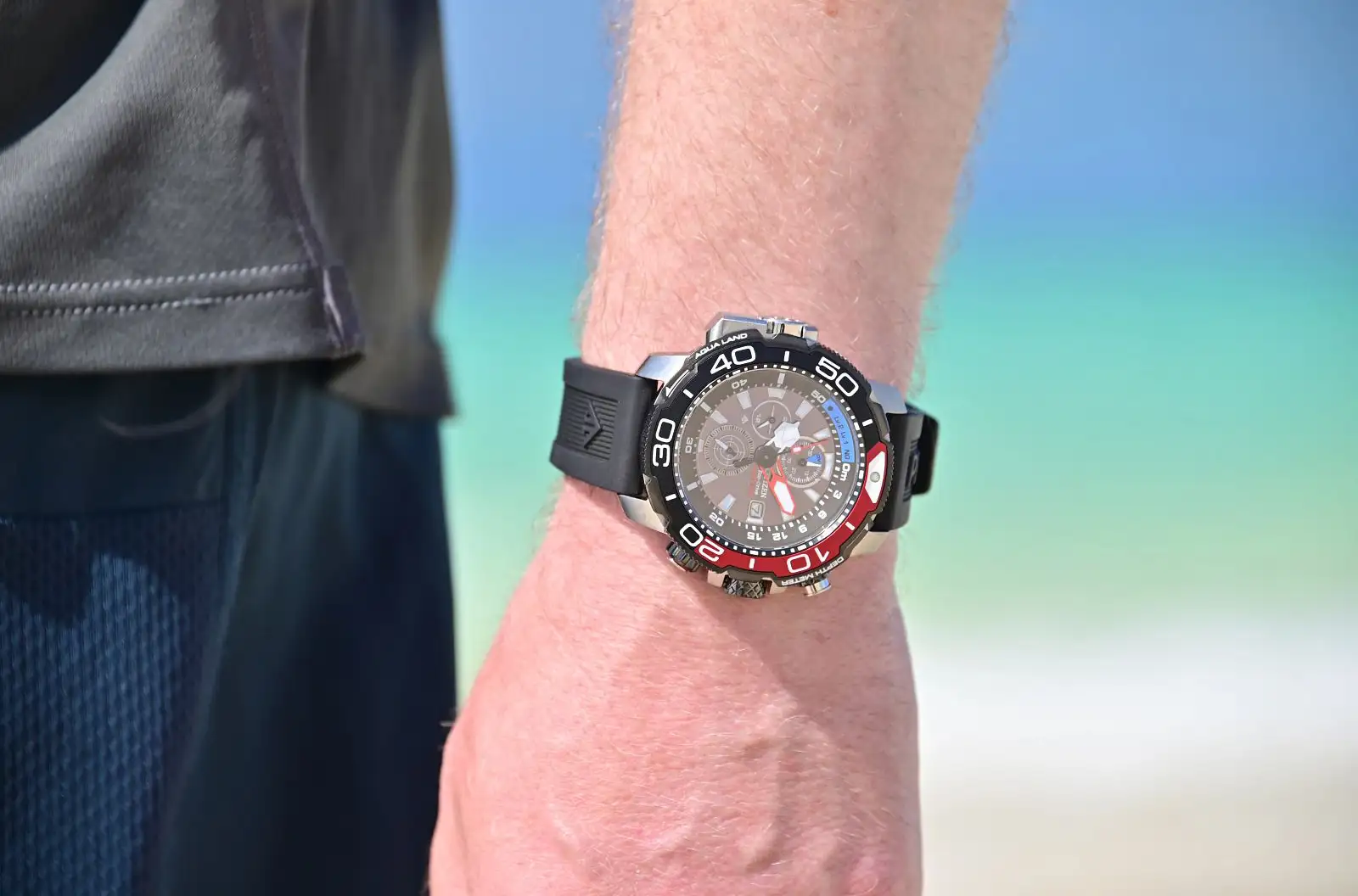Editor’s Note: This article is brought to us by our friend Justin Couture, aka @the_wristorian on Instagram. Here, Justin looks back at some of the remarkable moments in Citizen dive watch history. Be sure to give him a follow and head to his site, the wristorian.com for more amazing historical watch content.
Few watch brands are known as universally as Citizen. It is safe to say that most people have either owned a Citizen or have known someone who owns one. This is unsurprising, given the fact that they have been producing watches for over 100 years.
Originating in Japan, Citizen is a brand built upon heritage and values. With a laser focus on creating useful and attainable tools for all walks of life, it tracks that Citizen watches pop up in all matters of unique historical circumstances ranging from the late 1960’s until today.
Decades before the Promaster designation was applied to Citizen’s diverse range of action-oriented watches, several models were built with specific pursuits in mind. One such example was the emerging sport of diving. Before the proliferation of SCUBA as a recreational activity, skin diving was king. This was as true in Japan as it was across the globe – and Citizen’s response to this burgeoning popularity was to create technology and models that could handle the challenges associated with underwater timekeeping. The increasing pressure that accompanies marine descent means that water resistance and durability were critical.









 Featured Videos
Featured Videos




